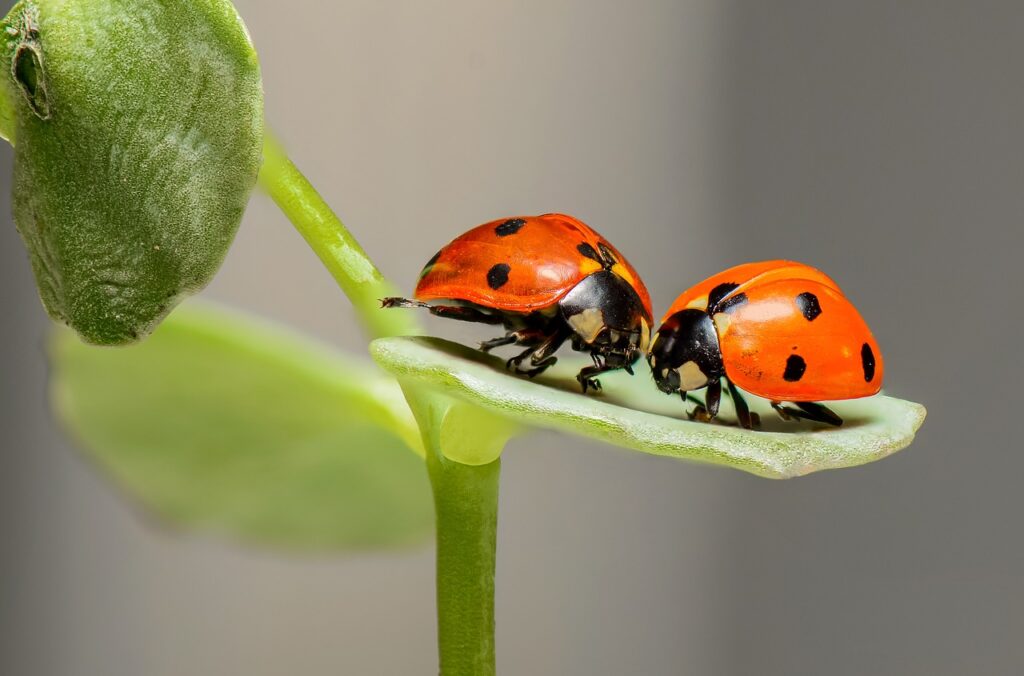It’s fantastic to have a nice backyard and productive garden. But, unfortunately, this dream is usually ruined by garden bugs that destroy plants.
But the good news is every problem has a solution; this article contains the common backyard garden bugs that disturb plants and how to fight them.
Common Backyard Garden Bugs and How to Prevent Them from Destroying Your Grow Operation.

Aphids.
Aphids are tiny sap-sucking insects with pear-shaped bodies. They have two cornicles located on the abdomen; these cornicles suck sap from young plants.
These are most active during springtime when temperatures are warm. They suck out and ingest the fluid and plant sap juices.
They destroy vegetables, flowers, and leaves on the plants. In addition, these aphids carry plant viruses that cause the development of galls and the deformation of buds, flowers, and leaves.
Examples of aphids include; whiteflies, blackflies, greenflies, plant lice, and ant cows.
How to get rid of aphids.
Since lady beetles feed on these aphids, they are a natural option for getting rid of aphids.
Apply a good contact insecticide chemical like malathion, horticultural oil, organic Neem aphid spray to block their breathing pores to kill the aphids.
Broadcast poison all over your garden to eliminate aphids once and for all.
Use hot soapy water to kill the aphids. Handpick the aphids from the plants and drop them in a bucket of hot soapy water; they will suffocate and die.

Armyworms.
These are simply caterpillars in the form of larvae of the owlet moth and belong to the Noctuidae family. Armyworms travel in large swarms and can travel long distances searching for food.
They have high appetites, damage grain crops, and eat vegetation, roots, and fruits.
Armyworms got their name from their massive destruction of the plants. They destroy plants like an army kills its enemies hence the name armyworms.
They reside on the bottom of leaves during the daylight hours and come out at night to eat the plants.
How to get rid of Armyworms.
Spray the plants using hot soapy water, garlic sprays, pyrethrum sprays, and hot peppers.
Add barriers to floating row covers to protect plants from armyworm attacks.
Construct bird feeders and birdbaths to attract the birds to feed on the armyworms.
You can also use Bacillus thuringiensis powder to kill these armyworms.
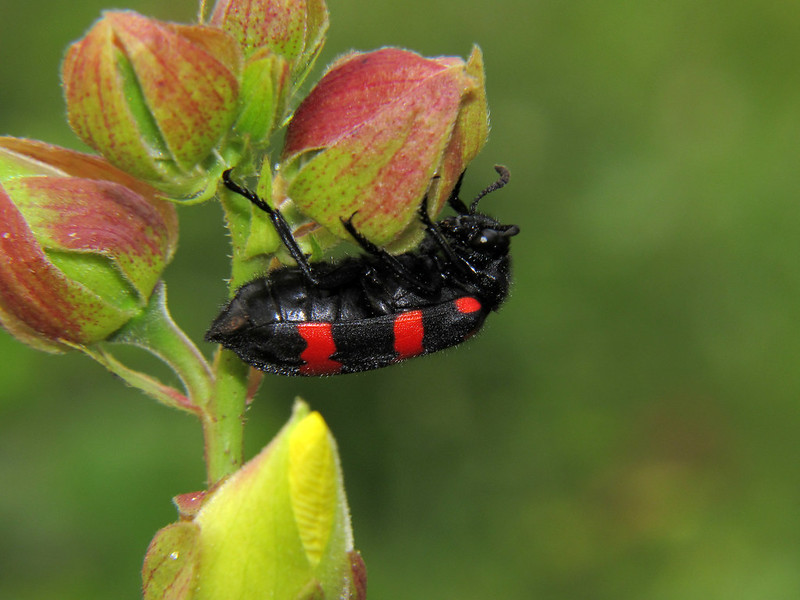
Blister Beetle.
These are long, soft, and cylindrical-bodied bugs with long necks. They have long legs, flexible wings and travel in long swarms. Blister beetles belong to the Meloidae family and have over 2500 species.
These bugs are dangerous to people and plants because they produce cantharidin that causes itching, burning, and blistering the skin on contact.
You can find Blister Beetle in croplands, grassy areas, gardens, and desert settings. The adult blister beetle eats up the crops.
How to get rid of Blister Beetles.
Wear rubber gloves and handpick the blister beetles and soak them in a bucket of hot soapy water until they die.
You can also spray the plants using poison.
Keep your weeds low, reduce the hiding places for these bugs, and use non – toxic deterrents against these beetles.
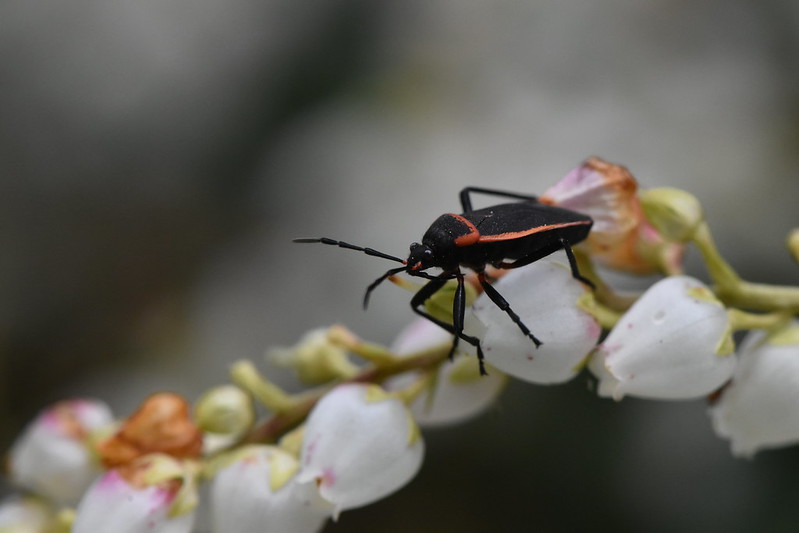
Boxelder bugs.
Imagine a six-legged, oval-shaped, charcoal-colored winged bug that has wings decorated with red veins.
Their heads are usually narrower than their bodies. These bugs lived on the boxelder tree hence the name boxelder bugs. You find them on trunks of trees, homes, and buildings.
These bugs are very destructive; they eat boxelder seeds, fresh young leaves, apples, and plum tree fruits.
How to get rid of Boxelder bugs.
Destroy debris and hide materials where the bugs usually hide.
Apply insecticide on the ornamental trees and brushes in early spring to kill the nymphs.
Seal up cracks or crevices around your homes using good quality silicone to reduce the hiding places of the boxelder bugs.
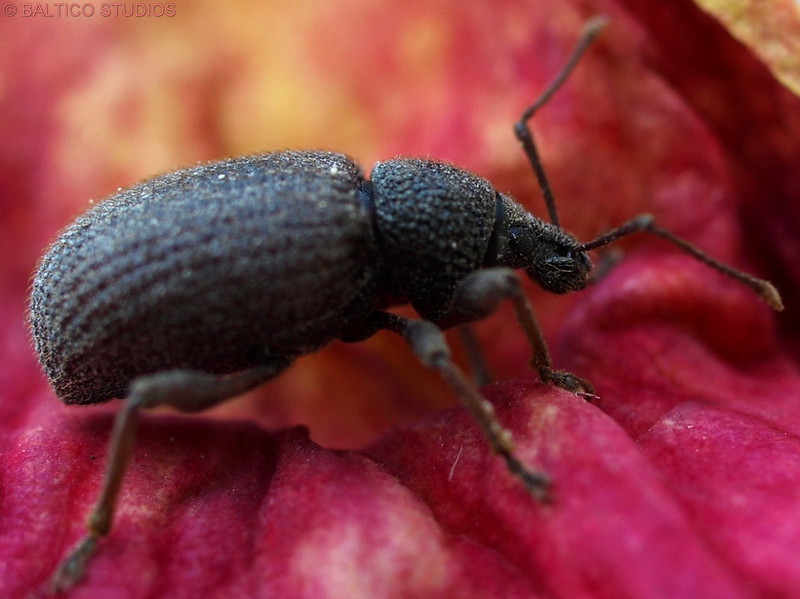
Black vine weevils.
These are the most destructive garden bugs in North America. They have a high appetite and eat a wide variety of plants.
Expect these weevils in a greenhouse setting because they primarily feed on tender plants, and they are most destructive at the larvae stage.
Black vine weevils are affected by cold weather and usually die during the winter. They eat at night and hide themselves during the day. They destroy broad-leaved plants.
How to get rid of Black vine weevils.
Apply insecticides on the plant foliage.
You can handpick these black vine weevils and soak them in a bucket of hot soapy water to kill them.

Cabbage looper.
Cabbage looper is a handsome devil caterpillar with bright green sporty white stripes. They usually fly long distances looking for food and breeding places.
These caterpillars produce large, ragged holes on the leaf surfaces. They chew leaves, roots, and stems of plants like tomatoes, spinach, lettuce, potatoes, and radishes. They damage buds and prevent head development.
How to get rid of Cabbage looper.
Use chicken, ducks to reduce the population of the cabbage loopers. These chickens and ducks feed on these bugs.
Control weeds to reduce the breeding places of these bugs.
Handpick the cabbage loopers and drop them in a bucket of hot soapy water, which suffocates them, and they die.
Use floating row covers to block the entrance of these caterpillars.
Dust plants using cornmeal so that caterpillars die after swallowing the cornmeal.
Spray the plants using natural products like neem oil, cayenne pepper, and garlic.
Apply insecticidal soap sprays on the affected plants.
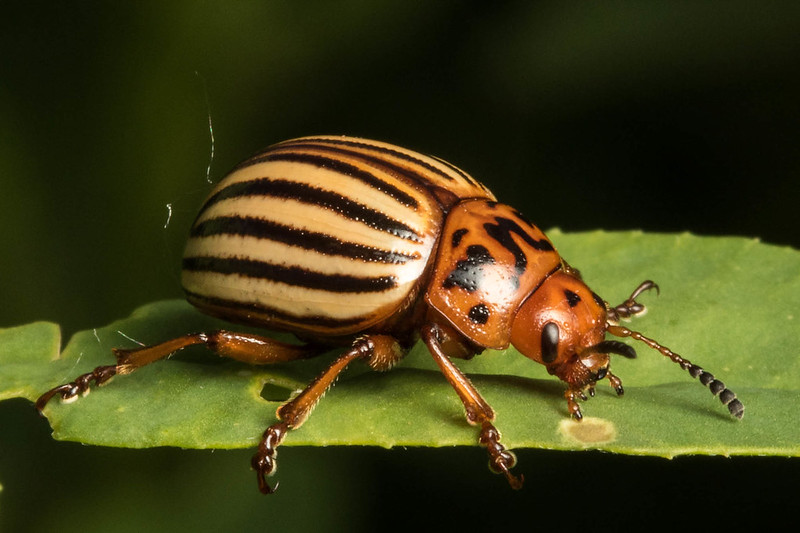
Colorado potato Beetle.
These are bold black and gold striped potato bugs. You mainly find them in southwestern parts of the United States, but they originated from the Rocky Mountains.
They feast on solanaceous plants like cultivated potatoes. They eat flower buds from potato plants and then eat the leaves.
How to get rid of Colorado potato Beetle.
Organic control is the best way to control these bugs, as pesticides are ineffective.
Carry out crop rotation, put heavy mulches on the soils using straw, handpick the beetles, and drop them in a hot, soapy solution to kill them.
Let your birds access the garden so that they eat the beetles.
Spray using organic spinosad insecticide on the affected plants.
Lace bugs.
The lace name comes from the lace membrane that covers the body’s upper portion. The lace bugs suck sap by drawing juice from leaves; they feast on plant foliage and make the foliage appear yellow-spotted.
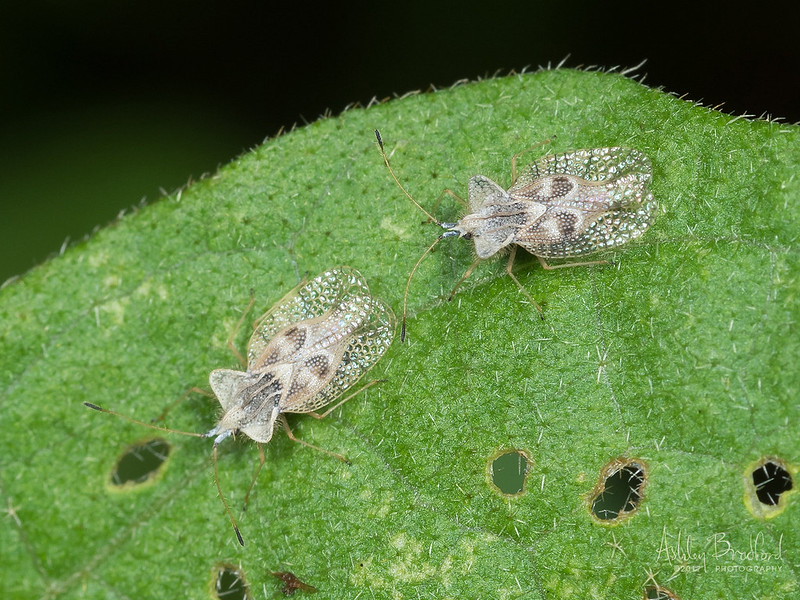
How to get rid of Lace bugs.
Eradicate lace bugs using natural predators like pirate bugs.
Intercropping of a wide variety of plants and shrubs reduces the chances of the further establishment of these lace bugs.
Handpick the lace bugs and drop them in a bucket of hot soapy water; they will die eventually.
Gardeners don’t have to be depressed because of the grow bugs destroying their crops; you can deal with successfully using the information in the above article and grow their plants in peace.

